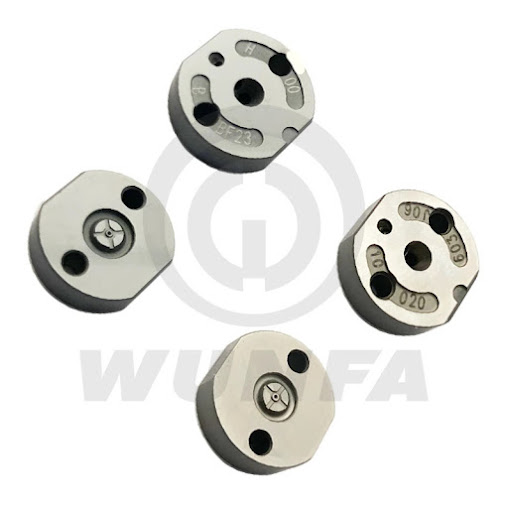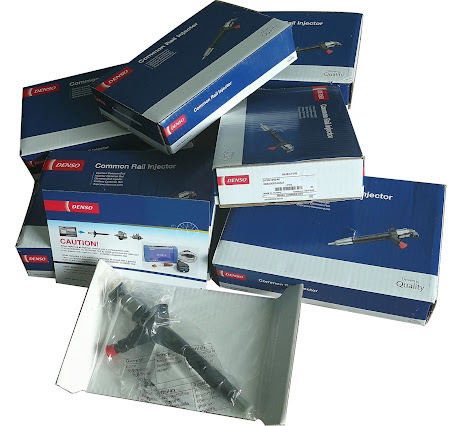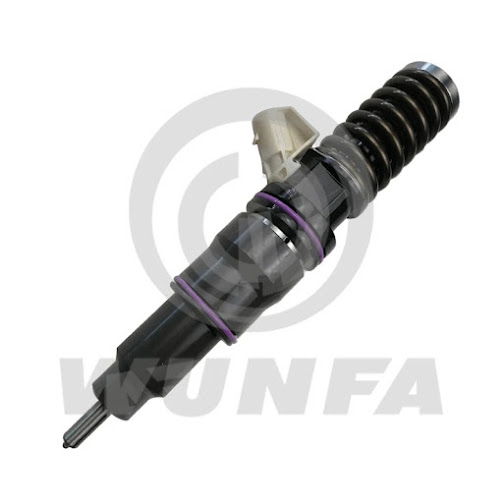Maximizing engine potential with control valve strategies.

In the intricate ecosystem of internal combustion engines, every component plays a crucial role in determining performance, efficiency, and reliability. Among these components, control valves and delivery valves stand out as key players in fuel injection systems, wieldi ng significant influence over engine power and responsiveness. Let's explore how these valves work in tandem to maximize engine potential. Control valve Control valves are central to the fuel injection process, regulating the flow of pressurized fuel into the combustion chamber with precision timing and metering. Positioned within the fuel injection pump, control valves control the initiation, duration, and quantity of fuel delivery, ensuring optimal combustion for various operating conditions. By adjusting fuel delivery according to engine speed, load, and throttle position, control valves optimize power output while minimizing fuel consumption and emissions. Complementing the role of control valves are delivery


